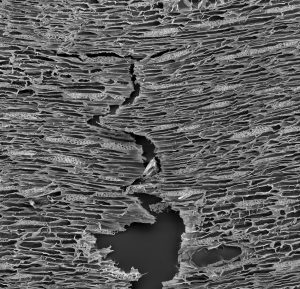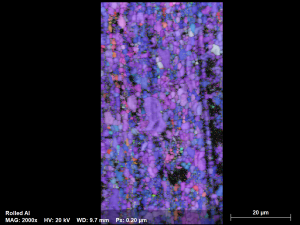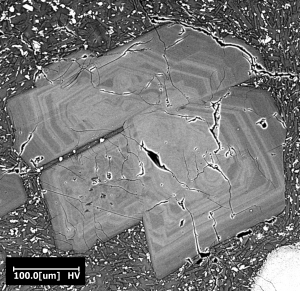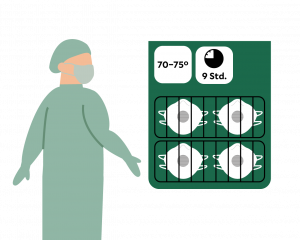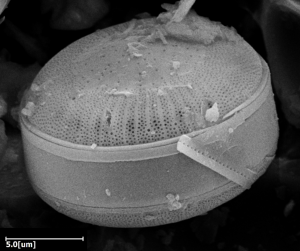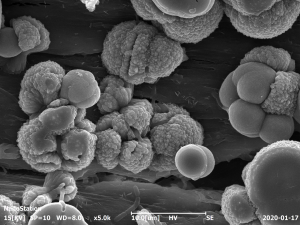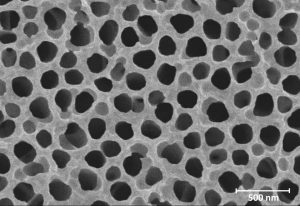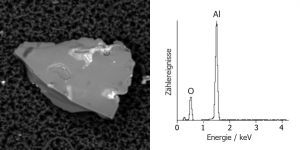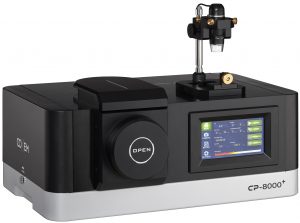
Innovative ion beam etching system for SEM target preparation of battery electrodes
Coxem has introduced a new model of its compact ion mill CP-8000+. The device supports the standard cutting (“cross-sectioning”) and polishing (“flat milling”) modalities and can be operated intuitively via the integrated touchscreen.


